Data. Pretty much every business collects data in some form or another, but very few actually know what to do with it. In this blog we’ll run through why data matters and how it should be used to guide your marketing activity.
What is data?
Data is the collection of variables that can be counted, grouped together or categorised. Data are the building blocks that lead to information and insight. Much like pixels combine to make a photo, or notes to music; that’s what data is to information. Without it, you’re left with guesswork and assumptions.
When it comes to data, it’s a case of the more the merrier, you can always ignore what you have, but you can’t use what you don’t. It’s a good idea to examine your touchpoints and work out where and when you can extract data from and how you can categorise it. How are people finding your brand? Who are your customers? Are there any links between customer types and purchasing behaviour? Etc.
So how should you be using your data to guide your marketing?
Targeting new customers.
By categorising data to build profiles of your existing customers, you can then use those to target new customers that “look like” your current customers. For example, if your data is telling you that your customers are generally aged 25-35, have an interest in extreme sports, and have an income of over £25k, this can help you know where and how to target new customers, driving your acquisition and making your marketing activity more efficient.
Segmenting customers.
When it comes to deciding on the content of your communications, and which platforms to push it out from, segmentation is key. By joining up the overlapping data points to create profiles of your customers, you can move away from a “one size fits all” approach and be more targeted. This is not only key for customer acquisition but for customer retention too. You can tailor your communications for each segment to get the best engagement. For example, if one of your segments is a younger demographic then you can use a more vibrant tone of voice, and push that out across a channel like Instagram, where as your older audience group might respond better to emails and a more formal tone of voice.
Influence customers.
Your data should be used to build a picture of how and when people buy from you. It should reveal insights into your customer journey. Are customers using you as a treat around payday? Then maybe an offer in the middle of the month might encourage increased purchases. Do users visit your site a certain number of times before buying? Are certain products selling better than others at certain times? Are you only getting engagement via discount codes, then maybe your pricing needs to change or maybe you’re not justifying your price point enough in your communications.
One aspect that is often overlooked with data and marketing is having a control group. It can be often hard to directly link marketing activity with customer action. That’s where a control group comes in. You can create a control group that isn’t targeted by a certain campaign; ensuring this group is large enough will mean that you have a comparable data set to your campaign results, so you can see the impact your marketing is having, even if there is no explicit trail.
Data driven decision making is something we put into practice every day here at PSE. Recently we advised a client on which groups of customers to send Direct Mail communications to based on their most recent purchase, average spend amount and how many purchases they have made in the past. Using data helped us identity which customers would be the most likely to respond, as well as which ones were likely to spend enough to justify the campaign spend.
We hear a lot about how data is the new currency for businesses, and it’s been likened to a gold standard in certain circles, but it’s only valuable if you know what to do with it.
If you have data and you’re not sure what to do with it, we can help. Our Data Analysis service is completely free. We don’t just leave you with a bunch of stats and graphs. After just 7 days you’ll receive a full data dashboard complete with insights and recommendations that tell you:
- What you need to do better
- What you need to stop doing
- What you need to start doing
These recommendations are bespoke to you, factoring in your values, sector and objectives. You can find out more here.




